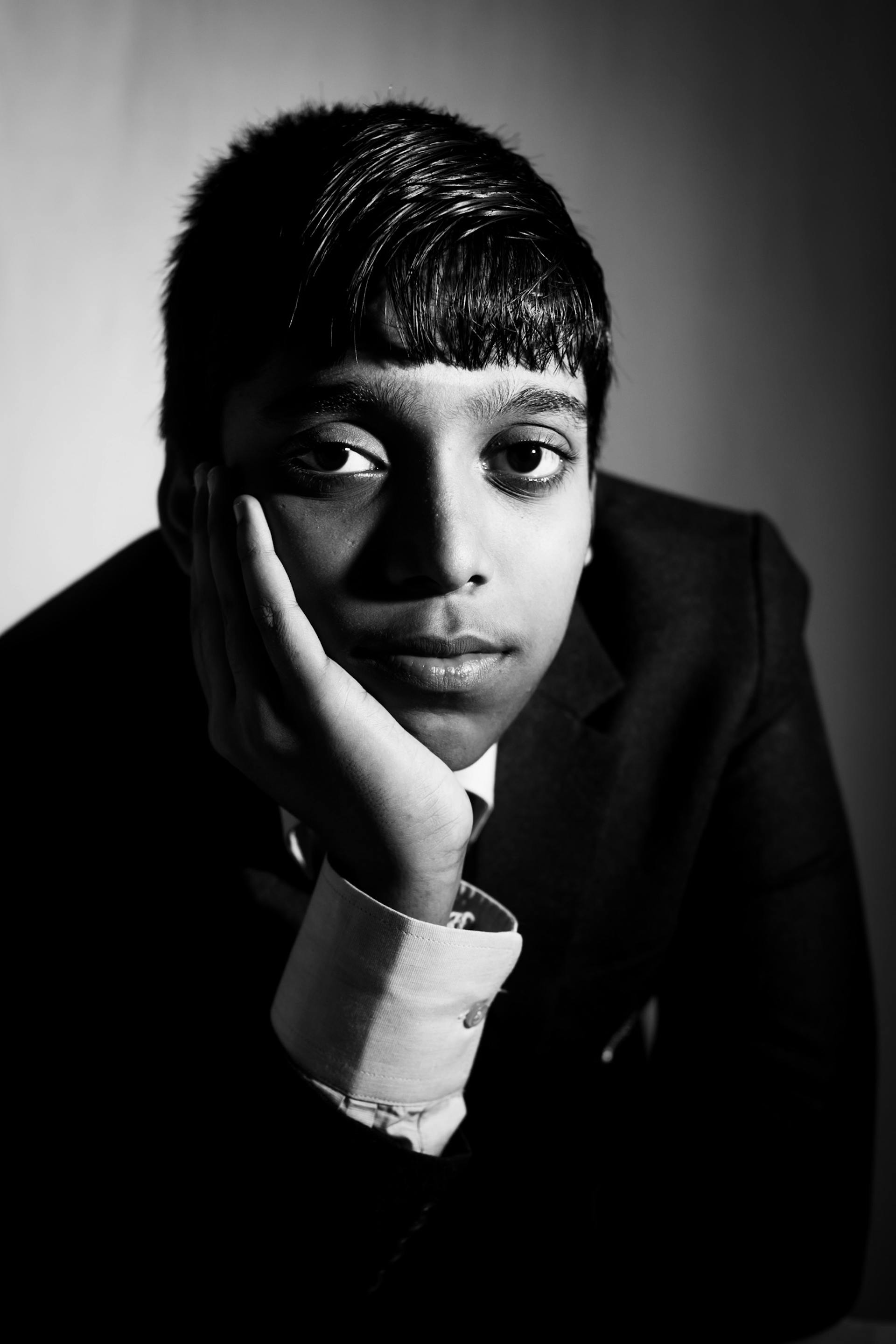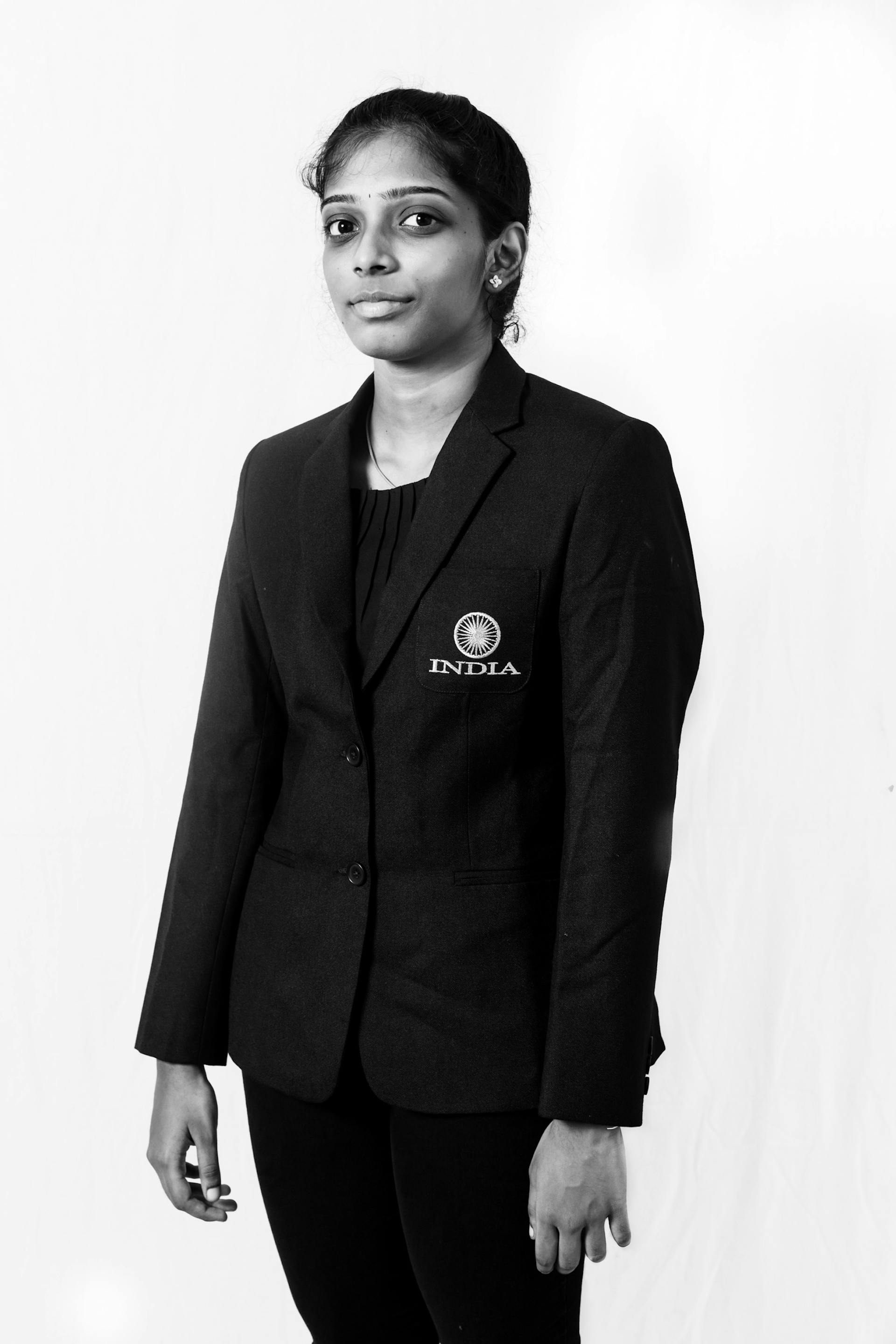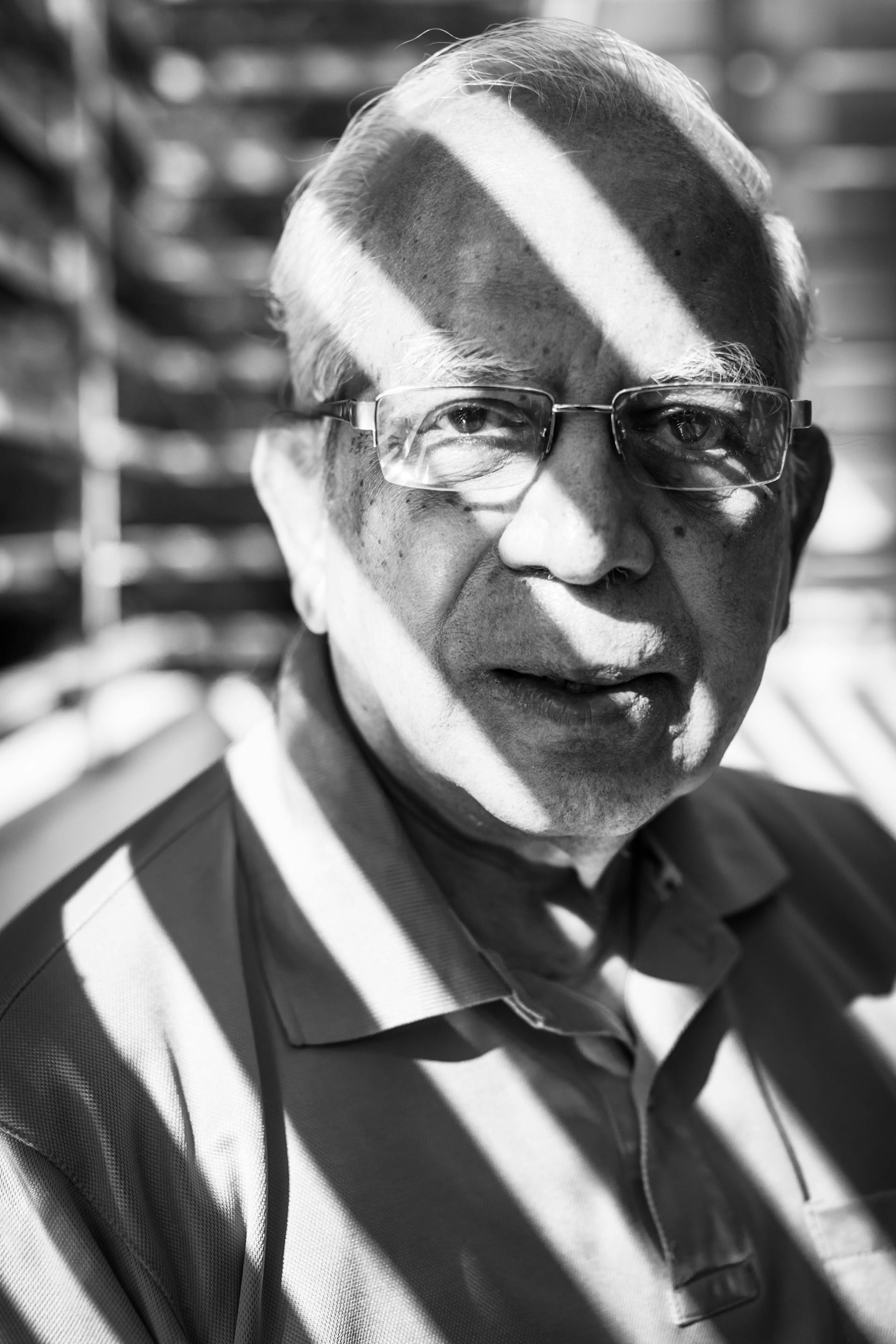“The reason they got into chess is quite silly actually,” says Rameshbabu. “My daughter used to watch a lot of TV. To divert her attention, we enrolled her at Bloom chess academy, a few streets down from our home. The coach there, S. Thyagarajan, told us she was quite talented.”
R. Nagalakshmi, Rameshbabu’s wife, had just finished preparing lunch and joined the conversation. Pragg picked up the game at “around three-four years,” she said. He would observe intently while Vaishali practised at home. In 2012, when he was a few months shy of seven, he was selected to compete in the Asian Youth Championship in Sri Lanka. There, he won a gold in the under-8 category.
By then, the parents had realised that their children were no ordinary talents.
As Pragg kept winning, help started trickling in from other quarters. His school, the Velammal Matriculation Higher Secondary School, reimbursed air fares and a corporate sponsor, Ramco Cements, started paying for accommodation.
Pragg followed the Sri Lanka win with another at the World Youth Championship in Al-Ain in the United Arab Emirates. “What I like most about the boy is his dedication to the game,” M.A. Velayudham, the head coach at Bloom, told a local newspaper. “Pragg can sit for seven hours in coaching class and, on the same day, still finish the homework I give him.” The same journalist asked Pragg how he was going to celebrate his victory.
“I will get permission from my parents to watch TV while eating,” Pragg said.
With the best Indian coaches lining up to teach the Rameshbabu siblings, their father placed them with coach R. B. Ramesh in 2014. Ramesh had seen considerable success as a player, winning at the 2002 British Chess Championships and the 2007 Commonwealth Games. He came into his own as a coach, going on to train about a dozen of India’s GMs and the national Olympiad team. In 2008, with his wife Aarthie Ramaswamy, a Woman Grandmaster, he started an academy called Chess Gurukul.
On the circuit, Ramesh has a reputation as a master theoretician. His chess “studies” are sought after, especially in the online coaching ecosystem. Studies are tactical puzzles, typically based on an imaginary endgame position thought up by the puzzle creator. Also called “compositions,”
they are meant to improve the solver’s “calculation”—the ability to think ahead in terms of one’s own and the opponent’s moves. Classes offered by Ramesh and other top coaches can cost a pretty penny. In July last year, Ramesh and the Russian GM Alexander Motylev offered a couple of 3-hour sessions of online coaching for $500 (around ₹38,000 then) per participant.
In one video for Nurtr, an online coaching start-up whose offerings include chess courses conducted by Ramesh, Pragg solves an endgame problem while blindfolded. Ramesh reels off a list of 14 piece positions—6 white pieces, 8 black pieces—before saying “white to play and win.” It takes just three minutes and 15 seconds for his star pupil to pipe up with the solution: “I got it, it’s bishop G5 mate.” Ramesh goes on to explain how this is the final move in a series of manoeuvres that would end with the black king being checkmated. It’s hard for a casual watcher to follow the sequence of moves on the chessboard graphic on screen. It’s harder not to be astonished by Pragg’s visualisation and calculation skill.
It explains why, in December 2019, Pragg became the second youngest in the world to cross an Elo rating of 2600. Named after its Hungarian-American developer, the Elo system establishes the relative skill level of players in zero-sum games. The winner takes points off the loser. If a high-rated player wins, then only a few rating points will be taken from the low-rated player. However, if the lower-rated player scores an upset, significantly more rating points will be transferred. Only about 260 players in the world have a FIDE-approved Elo rating greater than 2600. Out of 15 Indian players with a 2600-plus rating, seven are from Chennai.
When we met in February last year, Pragg and Vaishali had just returned from a tournament in Moscow. They were scheduled to travel to Vietnam and Iceland. They’re typically out of the country for anything between 150 and 200 days a year. Then the pandemic led to an enforced break. Top chess players’ travel schedules might not quite match those on the professional tennis tour, but they are still strenuous. The travel can be especially draining because chess has some interesting outposts that are not necessarily on the global tourist trail. The 2018 World Cup was in Khanty-Mansisyk in the Siberian region of Russia, while 2020’s U16 Olympiad was originally scheduled to take place in October in the landlocked Azerbaijani exclave of Nakhchivan.
Yet, wherever in the erstwhile Soviet Union their game will take them, the story of Pragg and Vaishali always returns to Chennai.




